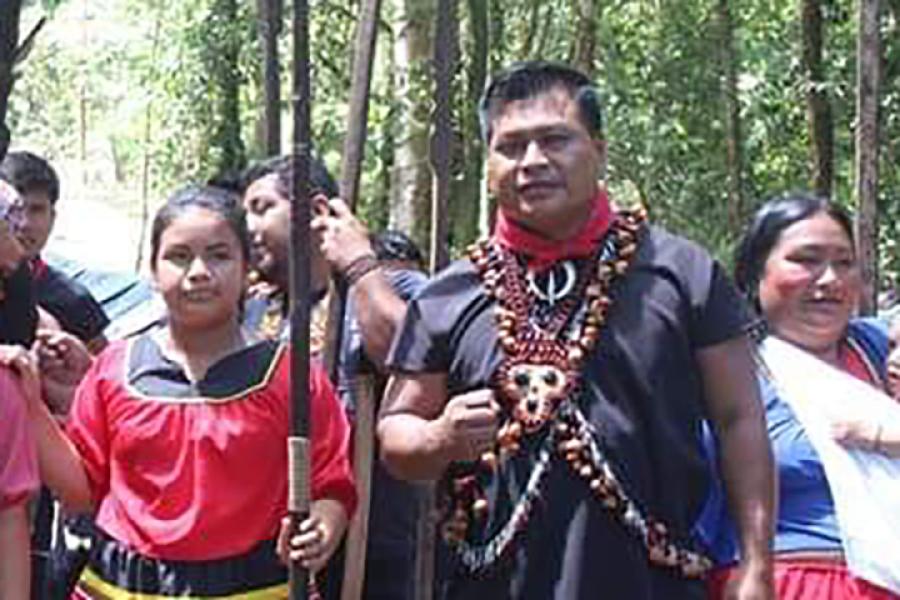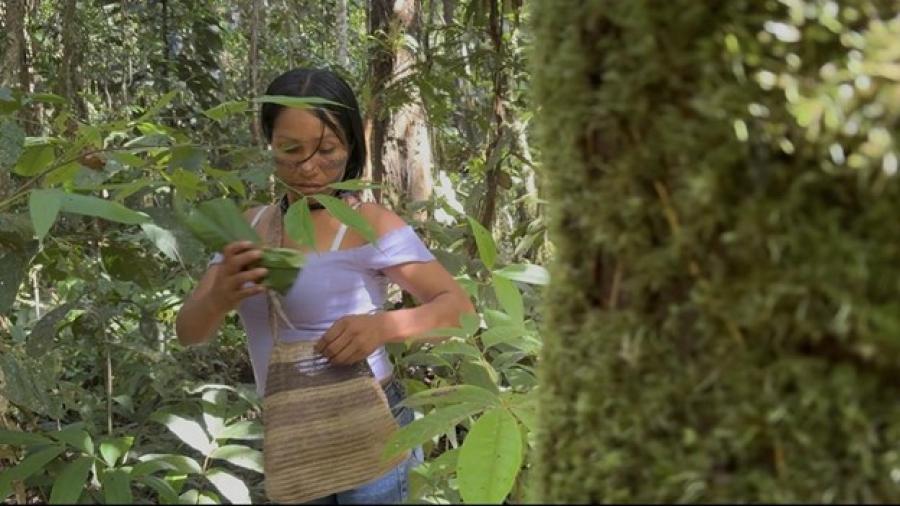Ampam Karakras is a man on a mission. A Shuar from the Ecuadorian Amazon, he recalls the days when the Shuar (or Jivaro as they were then known to Westerners) were famed for their secret technique of shrinking human heads. As a youth, he was sent to boarding schools run by Salesian Catholic priests where he learned Spanish and was educated in Western ways. But unlike indigenous boarding school experiences in other parts of the world, Ampam’s years among the Salesians strengthened his appreciation both for the value of education and for the Shuar people and their culture.
The Shuar similarly valued striking a balance between traditional values and the advantages of Western education, but wanted to avoid having to send their children away to boarding schools. In 1968, they pioneered a bicultural Shuar Radio Education System (SERBISH), using radio to reach students in geographically dispersed and inaccessible regions of Shuar territory. Today radio education reaches young Shuar in 209 locations. Three hundred and fifty-one Shuar teachers aides assist students who are learning by radio.
As a result of radio education, some 7,000 Shuar have completed primary school and are bilingual. Their knowledge of Spanish has enabled them to be active participants in Ecuadorian political life and that country’s indigenous movement. But Shuar students must master much more than the “three Rs.” Students also learn about the Shuar worldview, folklore, crafts, and the plant and animal life in their territory. Education thus heightens their sense of community, cultural identity, and personal and collective pride. For indigenous peoples around the world, particularly nomads and those living in remote areas, SERBISH is a model for bicultural education success.
But Ampam’s vision does not stop with radio. Joining forces with Globatel, a video-conferencing leader based in Quito, Ecuador, Ampam is working to bring interactive televised bilingual education to the Shuar. By replacing remote radios with televisions, computers, and small generators to run them, Shuar students spanning hundreds of miles of territory could simultaneously interact with both their bilingual teacher and one another. Visual learning opens up vast horizons to young students. For the first time their studies could be enriched with photographs, maps, diagrams, PowerPoint presentations, and videos and films. Most importantly, their teachers could use real-time visual aids such as blackboards to reinforce student understanding.
Interactive video would serve more than youth. It also would provide a means for Shuar communities and their leaders to engage with one another to solve local problems, develop strategies for dealing with regional or national problems, and even communicate with politicians and government officials in Quito without having to make the arduous trip to the capitol.
With the partners in agreement, the plans in place, and SERBISH’s long experience to guide them, all that is missing to make Shuar tele-education a reality is the funds to do so.


